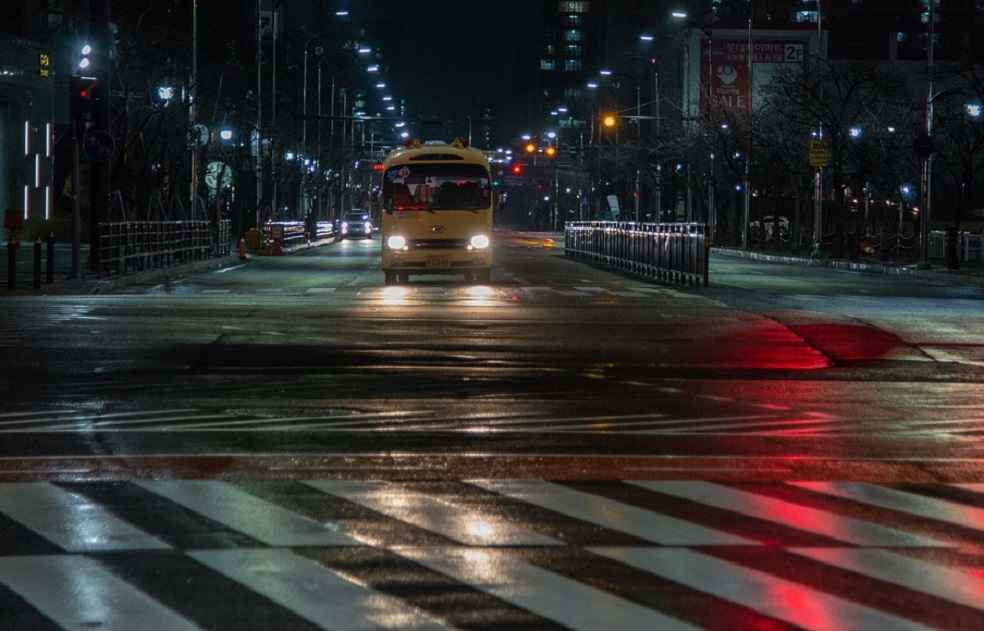Hainan Island, a tropical paradise in Southern China, has been busy quelling ‘range anxiety’ for its inhabitants, thanks to an impressive network of over 75,000 electric vehicle (EV) charging points, often within a mile or two of each other. The island is pioneering China’s ambitious shift toward an all-electric future, setting the stage for the entire country’s transformation.
The provincial government of Hainan has formulated a robust strategy to put a full stop on the sale of fossil-fuel cars by 2030. It intends to make EVs and hybrids constitute at least 45% of the island’s fleet, marking the first and only such initiative in China. If successful, Hainan’s green endeavor may provide the blueprint for mainland China’s conversion to an all-electric future.
Hainan’s diminutive size of 33,000 square kilometers, coupled with its moderate climate, plays a vital role in its EV transition. Shorter commutes for its 10 million citizens and a climate that promotes battery longevity are naturally conducive to EV adoption. Moreover, a substantial investment by the regional government, amounting to tens of millions of yuan, has further subsidized EV purchases on the island.

This initiative has already borne fruit, with Hainan’s clean-car adoption rate last year standing at a formidable 42% of new car sales, just shy of Shanghai’s 48%. With all of the island’s taxis and buses now electric, Hainan is committed to its green transformation.
The regional government’s robust support, in combination with the island’s size and climate, has helped Hainan become a trailblazer in EV adoption, according to Zhang Haotian, a salesman for Zhejiang Geely’s premium EV brand, Zeekr. He confidently claims, “The goal will be achieved for sure.”
Along with the extensive charging network, the deployment of novel battery technology also bolsters Hainan’s EV infrastructure. Car manufacturer Nio has launched its third-generation battery swap station in Haikou, the capital of Hainan. This state-of-the-art station can replace a depleted battery with a new one in less than five minutes, exemplifying the efficiency of the island’s EV infrastructure.
For Hainan’s residents, the shift toward EVs has become the norm. Residents such as Chen Yeren, who converted to an electric car in 2020, expressed that “Consumers here now just view EVs as a better option when they need a new car.” This changing perception has been instrumental in the wide acceptance of EVs on the island.

While Hainan is taking strides towards a green future, the larger challenge lies in the electrification of commercial vehicles. Charging heavy vehicles like trucks is more expensive, making cost savings less attractive than those for passenger cars.
China’s leadership sees Hainan as a model to replicate its EV strategy on a national scale. However, Hainan’s unique position as a small island heavily reliant on tourism makes replicating its EV acceptance a tough challenge for the mainland, warns Yale Zhang, the managing director of Automotive Foresight.
Meanwhile, the global push to phase out petrol cars is gaining momentum. Nations such as Norway, Britain, and regions like California in the US, have set deadlines for the end of fossil-fuel car sales. James Chao, the chief strategy officer at IScann Group, points out that China’s advantage lies in the relatively lower average price of an EV, making the transition to green mobility more accessible to the populace.
As Hainan steadily drives towards an all-electric future, it may not just be setting a benchmark for mainland China, but potentially for the entire world.
TRENDING: Key Trends Shaping the Future of the Indian Automotive Industry





